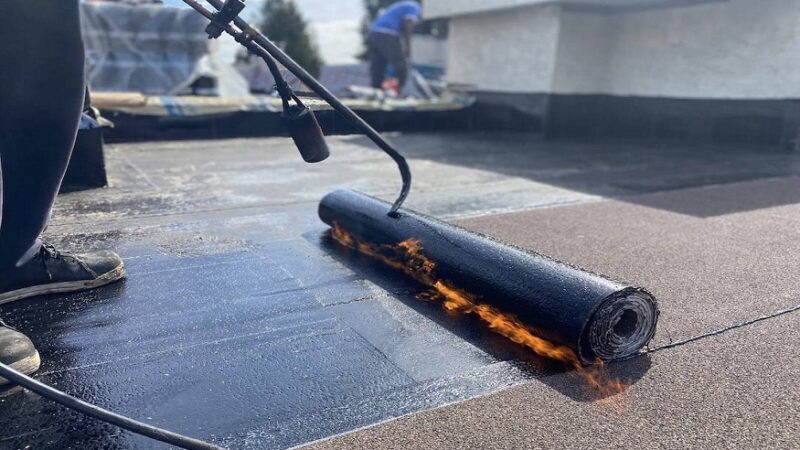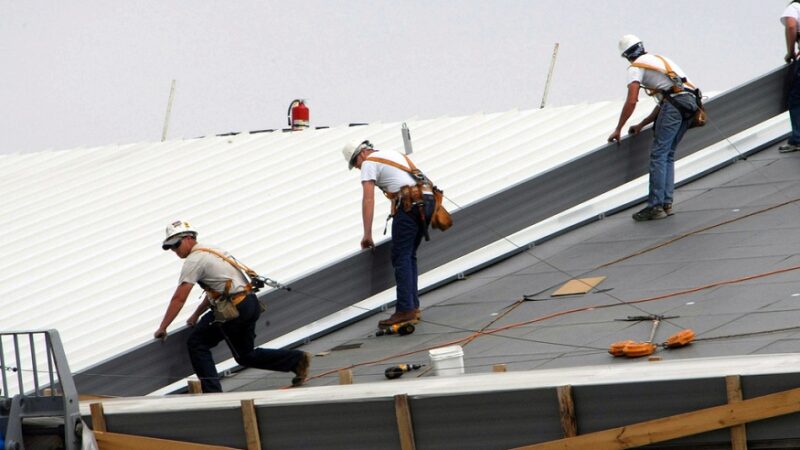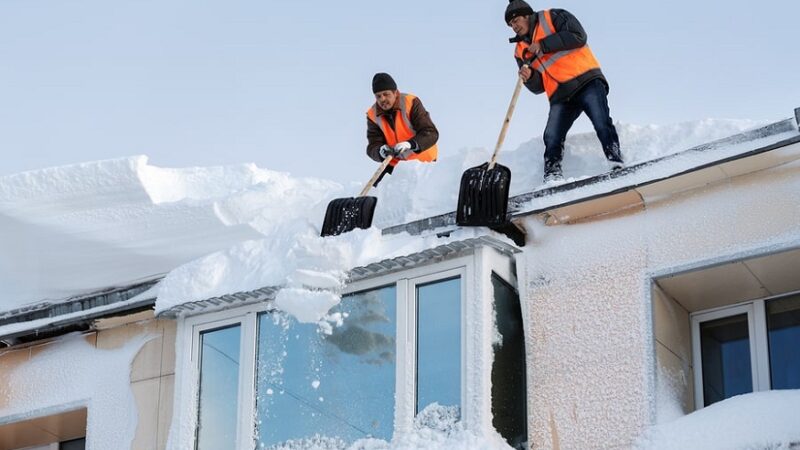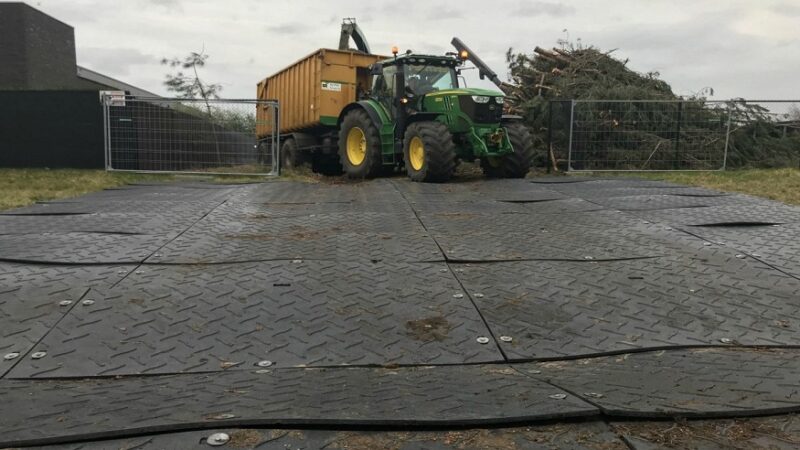How Often Should You Check the Condition of Your Roof? Check Out!
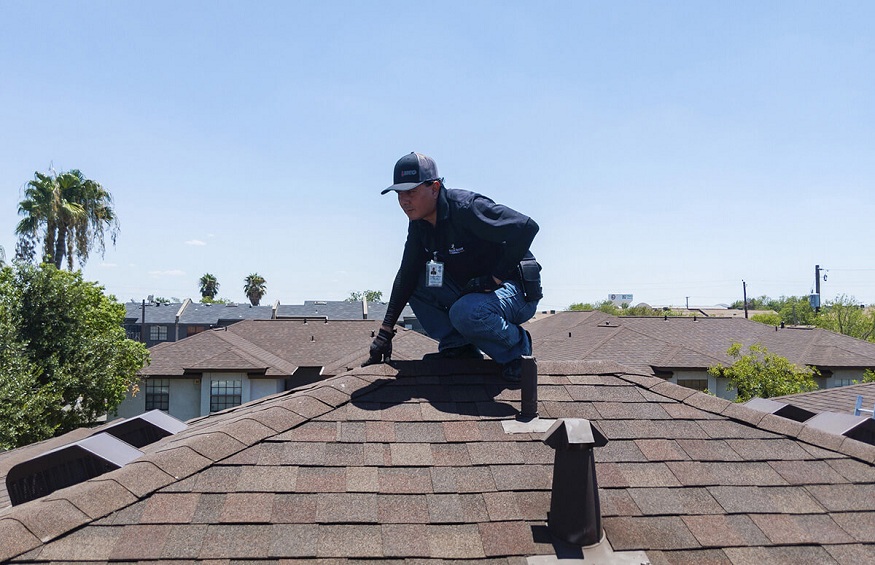
Most roofs will wear out gradually, and you won’t even notice it until it’s too late, so regular inspections are vital to maintaining the integrity of your roof and preventing leaks before they occur. How often should you check the condition of your roof? Is there a set period, or does it depend on weather conditions? And what exactly do you need to look for, anyway? Here’s all you need to know about checking the condition of your roof and whether or not it’s time to call in the professionals.
1. Check at Least Twice Annually
Being proactive about checking your roof can prevent damage from occurring in the first place. While many variables can affect how often you need to inspect your roof, a good rule is to look at it at least twice annually. It prevents minor issues from becoming big ones, and you’ll be able to catch them before they turn into significant problems.
If you notice any signs of wear or tear on your roof, call a specialist roofing company right away so they can repair any damage before it becomes worse. The last thing you want is for a minor issue to develop into something much bigger and more expensive down the road. If there’s any visible damage or wear and tear on your shingles, it’s time to have them replaced.
2. Before the First Snow of Winter
A professional roofer will say that it’s always best to perform a thorough inspection before winter. Water penetration is more likely in winter than in any other season, so identify damage before there’s a chance of ice damming or pooling water. Check for missing or damaged shingles and leaks around skylights and chimneys.
If you spot issues, have them repaired by a professional immediately. You can also take preventative measures such as adding a new layer of felt paper on top of your existing roof. This step isn’t cheap, but it could be worth it if you don’t want to face a significant repair bill next spring.
3. After Every Rainstorm
It’s no surprise that roofs are hit hard by heavy rainstorms. If your home’s structure is sound, you can quickly patch up leaks. However, if there is already damage to the ceiling or a leak in a part of an old roof, it might be time to call a professional roofer to assess what repairs or replacement.
Even though a small leak may not seem like much at first, you never know when a small problem could become something big. A heavy rainstorm can cause weaknesses on your roof and significant damage over time. So it’s best to keep an eye on your top after every storm. After all, prevention is always better than repair
4. Before Starting a Home Renovation Project
Conduct a thorough roof inspection before starting any renovation project. For example, if you want to repair a cracked wall, use that as an opportunity to inspect your roof. If any seem old or worn out, call a professional roofer they could repair or replace while you’re already working with other contractors.
Additionally, before starting any home improvement project, make sure there are no underlying health hazards in your home, such as asbestos concerns or a falling ceiling. The last thing you want is to start a project to find yourself dealing with something much bigger than what you bargained for.
5. If You See or Hear Sign of Roof Deterioration
It’s best to perform visual inspections regularly. Look for signs of cracking, curling, blistering, or missing shingles. These can all be signs that there is damage underneath that needs repair. If you hear signs of water coming through your ceiling, like dripping or splashing, that could be another sign something has gone wrong with your roof. The frequency of these inspections will depend on several factors like how old and its kind of material.
Also, if you realize an invasion of pests like termites or rodents is present in your home, you need to take action immediately because they can cause severe structural damage. Be sure to contact roofing professionals who specialize in pest control services as soon as possible so they can eradicate any infestation before it gets out of hand. Most importantly, don’t wait until after there is severe damage! You might have to pay more money than necessary if you do not get repairs done right away. If you can see or hear it, fix it.
Conclusion
It’s advisable to inspect your home every six months to arrest any potential damage that could lead to more costly repairs down the road. If you notice any issues, it’s best to act quickly—the longer you wait, the more likely it is that a small problem will become a big one. However, environmental factors like weather conditions can make some spots deteriorate quicker than others prompting earlier repairs. If you need quality work, you may also consider hiring a professional inspector to conduct an inspection. They can give you advice about whether repairs are necessary now or if they can wait until later down the road.

